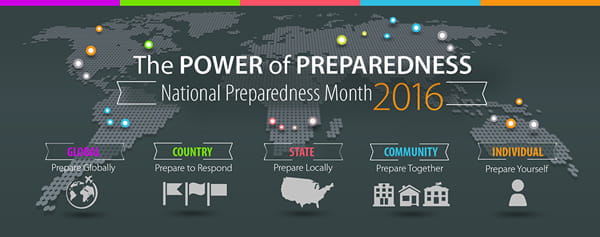…chronic conditions as well as acute events can induce trauma, and this, too, belongs in our calculations. A chronic disaster is one that gathers force slowly and insidiously, creeping around one’s defenses rather than smashing through them. People are unable to mobilize their normal defenses against the threat, sometimes because they have elected consciously or unconsciously to ignore it, sometimes because they have been misinformed about it, and sometimes because they cannot do anything to avoid it in any case. -- Kai Ericson
I’ve been following disaster scholar Scott Knowles for a while now on Twitter, and he uses the term “slow disaster” to talk about poverty, and it was his posts that made me want to write this article. We need to look, he and others say, more at economically disadvantaged people and how disasters affect them more—harder and for longer—than they do more advantaged people.
 |
| One of Haiti's tent cities, still plentiful 8 years after the big quake |
We’ve seen this in the US this past hurricane season at the macro level. Texas and Florida got a lot of attention and relief, while Puerto Rico, poorer to begin with, received less. As I write this, it’s over a hundred days after Hurricane Maria devastated Puerto Rico, and half the people do not yet have electricity. Imagine that happening in Florida and the outcry there’d be.
This becomes a problem for several reasons
Poor people live in substandard housing, which is more vulnerable in an earthquake, tornado, or hurricane. Poor people are more likely to build in flood plains unprotected by good levees.
Poor people have less of a voice in governments. Poor people seldom run for local office (often an unpaid job at the beginning level) and never develop a political career that goes farther. Even at a local level, they might be on the zoning board, but several of my relatives were on zoning boards, and I promise you, that’s a time suck. Who can afford that kind of public service but people who are already financially comfortable—whether because of retirement or a high income or a wealthy spouse. And so poor people and their concerns—their safety, their education, their needs, and their very lives—are not a part of the public discourse about safety or defense against disaster.
Poor people have fewer resources when the disaster hits. I think this whenever television talks to a homeowner who has behind him, the day after a storm surge, six guys working on tearing out his drywall. “The wife has the Sharpeis and is at a hotel,” he says, nonchalantly. I promise you, there are poor people living ten miles from him who couldn’t think of staying in a hotel, have to do the work themselves, and have to live in damp, moldy, dangerous homes while they struggle along. If they are renting, good luck getting a landlord to come right out and fix a bad situation. (something I was recently reminded of when renting for the first time in years, when the landlord refused to repair a series of problems, from bats to crickets to lead-laced water to a broken toilet. As I’m not poor, I just said “(Forget) you!” and moved, but were I truly poor, that might not be an option.)
Recovery takes longer for poor people. Few can afford renter’s insurance. Some lose their jobs because a car is destroyed and they can’t afford another to get to work. One big natural disaster hit on a poor family can mean no more chances to leave poverty, a life lived out suffering from the downstream effects, which can snowball and carry into the next generation. Nor might they have health insurance, and probably not mental health coverage, so any trauma they experienced goes untreated. Families can deteriorate in such a situation, and that leads to—yes, you guessed it—worsening poverty.
TV crews tend not to go into poor areas to interview disaster survivors. They aren’t as pretty to film, the producers and directors assume no one wants to see squalor, and perhaps the poor aren’t as articulate. So we tend to forget about those truly in need, the working poor, the homeless, and the dispossessed.
For more on the topic, you can read articles at
http://www.preventionweb.net/risk/poverty-inequality














.jpg)

